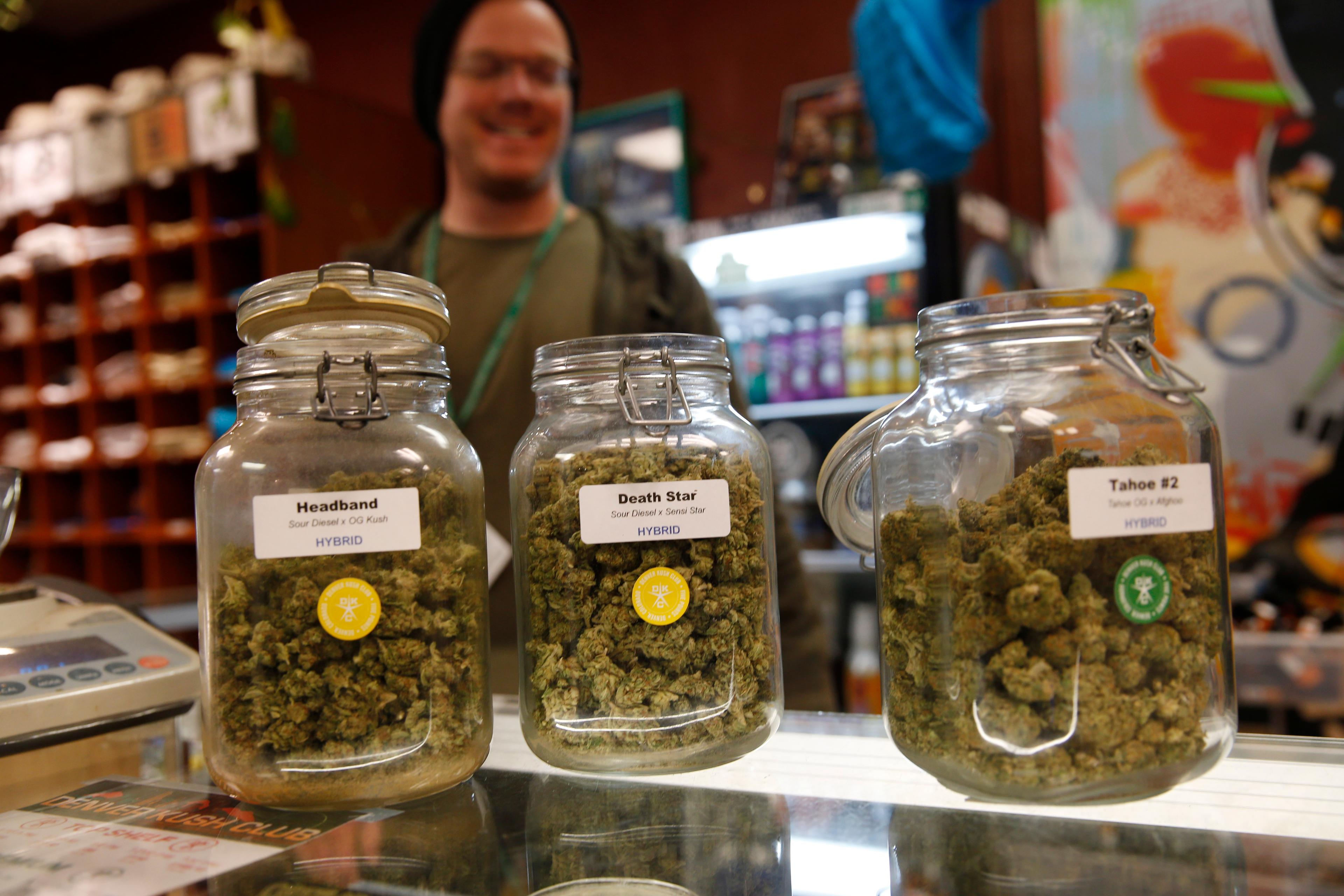
A new study finds the types of cannabis allowed for federally-funded research doesn’t reflect the potency and diversity of pot found on recreational markets.
Researchers at CU Boulder compared chemical profiles of cannabis varieties found in states that have legalized the drug to what’s available to researchers studying the plant and its effects.
The profiles in the federally-produced cannabis averaged about 5 percent content of THC, the active ingredient in marijuana. Strains found in legal markets like Seattle averaged close to four times that.
The findings have major implications for understanding the drug’s effects, according to Daniela Vergara, the lead author of the study.
"This is a potential problem for research because you need to study cannabis that is relevant to what is out there in order to feel confident that your results will be valid and applicable,” Vergara said.
The study also finds twice as many varieties of marijuana are available in recreational markets compared to what can be obtained from the one federally-funded source allowed to produce it.
The study comes as four more states -- California, Nevada, Maine and Massachusetts -- passed measures legalizing recreational pot. They join Colorado, Oregon, Washington and the District of Columbia as places it's OK to use pot for fun as well as for medicinal purposes. The complete report is available here.









